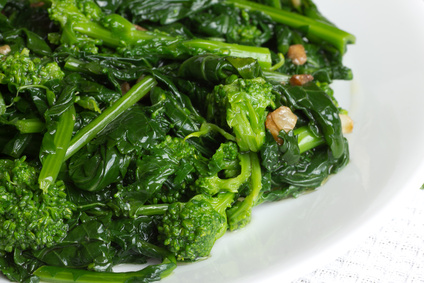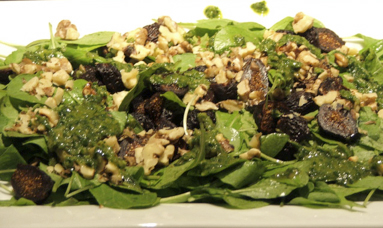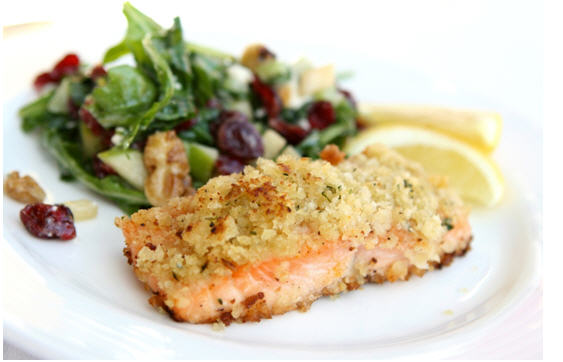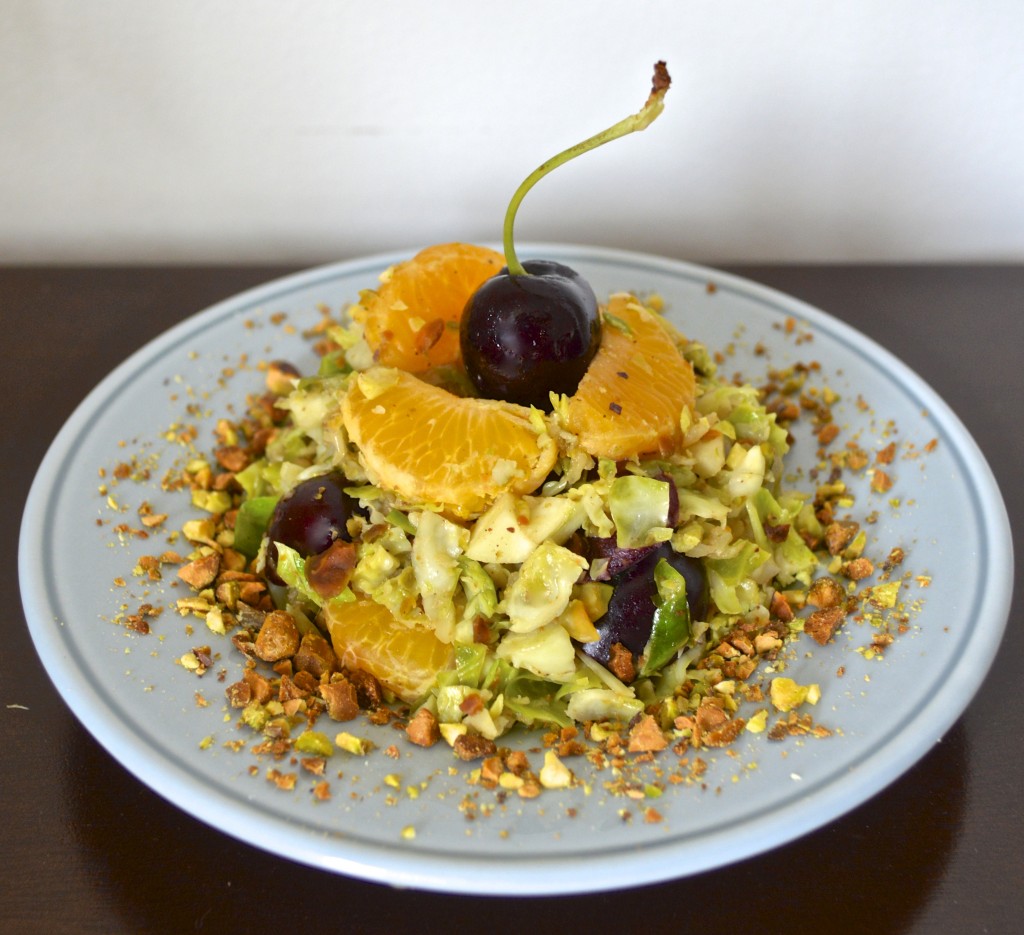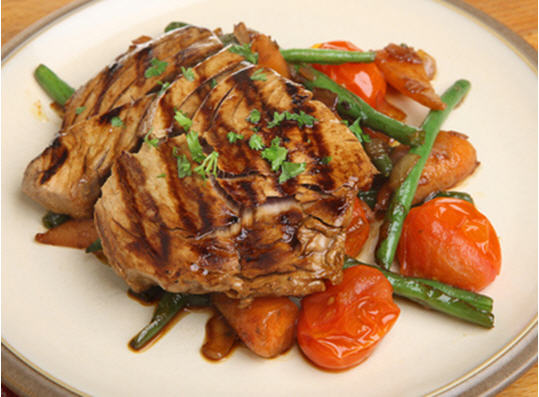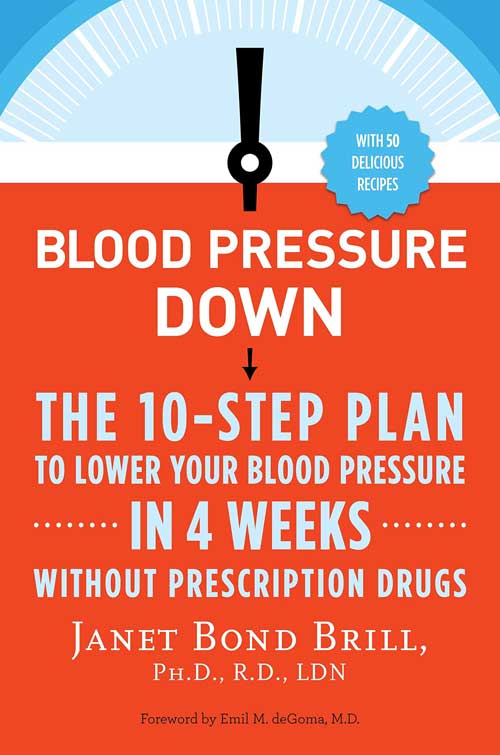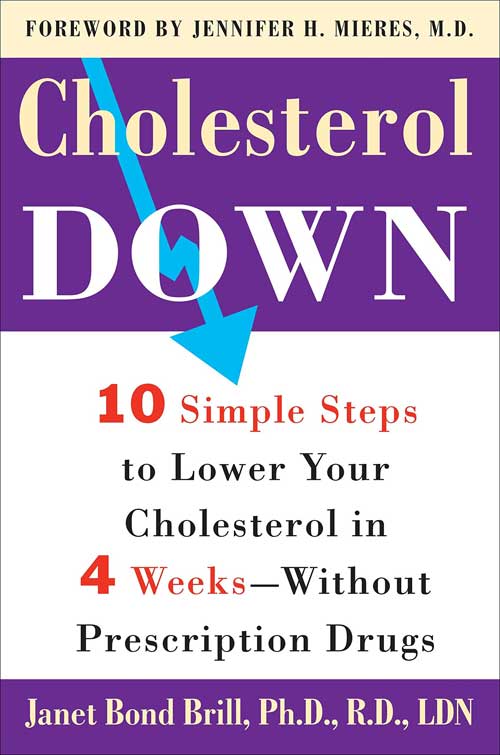By
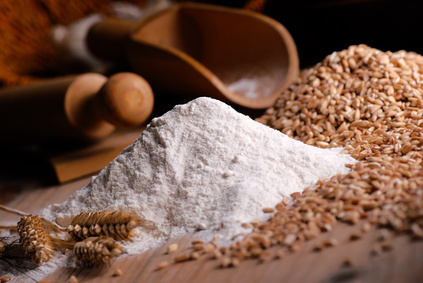

What is “white wheat?†“Whole grain white” bread or flour is made from light colored white wheat kernels. In contrast, regular whole-wheat bread is made with red wheat, which is darker in color. The white wheat comes from an albino variety of wheat that differs from the traditional red wheat kernels. They’re equally matched in terms of nutrition; however, the white has a milder, sweeter taste.
The problem is that the regulations governing the labeling of white wheat products are nebulous. White wheat on the label can consist of virtually anything, but generally comprises a mixture of 100% whole grain and white flour. Hence many products labeled as “white wheat†contain a blend of whole grain white wheat with enriched white flour, decreasing the nutrition benefits. Companies then add in another source of fiber to bump the fiber number up on the label. Furthermore, the white wheat is more heavily processed than the 100% whole grain flour to make the product taste more like its refined cousins, though the jury is still out regarding exactly how much nutrition is lost in the processing. The product is marketed to regular consumers of white bread who want to consume more whole grains for the health benefits but just can’t quite take the plunge to eating 100% whole grain products. So, for those people, the new hybrid “white wheat” products are a better choice than 100% refined white bread products.
The bottom line is, nutrition-wise, your best bet is to routinely go for the 100% WHOLE wheat products that have been less processed, contain all three parts of the original wheat kernel and have been shown scientifically to help prevent chronic disease. Unless you find a 100% white whole wheat flour bread that doesn’t have added fiber, traditional 100% whole wheat brown bread is your best bet. Look on the ingredients list and the first ingredient should have the word “whole” in it, that way, regardless of the color of the wheat grain, you will be getting the good stuff!




